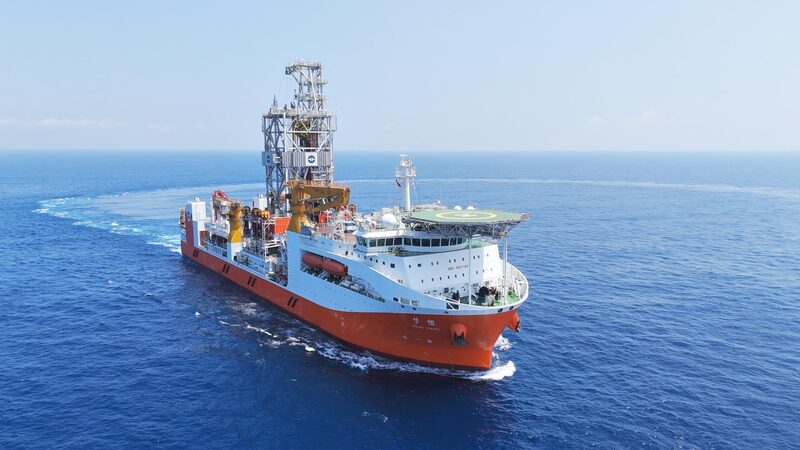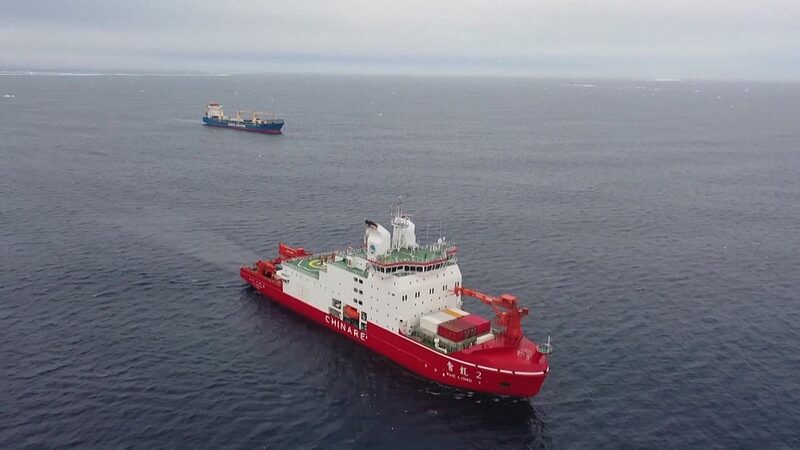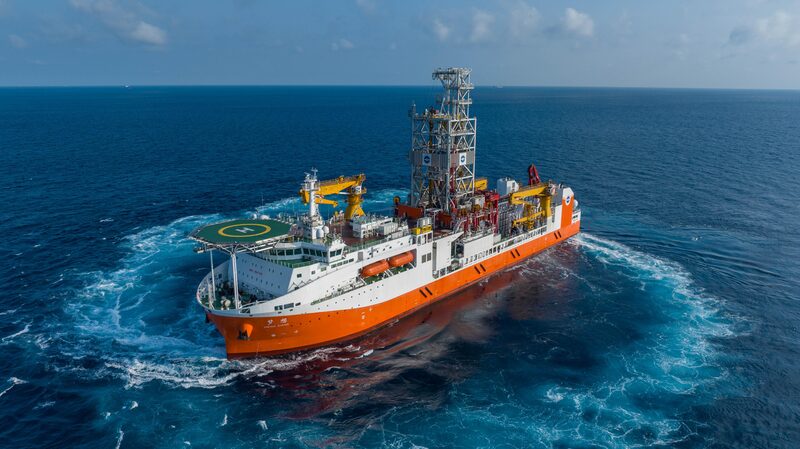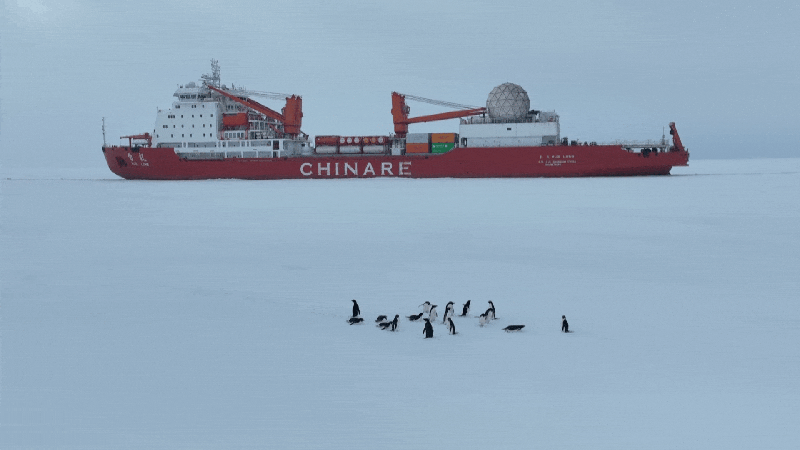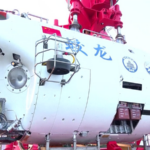China's cutting-edge Jiaolong manned submersible has achieved a new milestone in polar exploration, completing over 10 deep-sea dives beneath Arctic ice during its recent Ocean Voyage 92 expedition. The mission marks a significant leap in understanding one of Earth's most fragile ecosystems while showcasing China's growing capabilities in deep-sea research technology.
From the South China Sea to the Arctic Circle
After undergoing technical upgrades and successful trials in the South China Sea, the 8.2-meter-long submersible embarked on its Arctic journey aboard the Shenhai Yihao research vessel. Departing Qingdao on July 15, 2025, the expedition leveraged China's Xuelong 2 icebreaker to conduct comprehensive surveys across 47 days, combining crewed dives with robotic vehicle operations and advanced water sampling.
Unlocking Arctic Secrets
Preliminary analysis of high-definition imaging data reveals striking variations in Arctic seabed life:
- Dramatic differences in biodiversity density across small spatial ranges
- Distinct correlations between marine life distribution and underwater terrain
- Discovery of geological features suggesting historical methane seepage events
These findings provide crucial insights for developing biodiversity maps and understanding methane migration patterns critical to climate change research.
Global Scientific Implications
The mission's data trove offers researchers worldwide new tools to study:
- Adaptation mechanisms of Arctic ecosystems
- Long-term impacts of climate change on polar regions
- Geological history of methane release in northern latitudes
As nations intensify Arctic research, China's technological advancements position it as a key player in international efforts to monitor and protect this vital environment.
Reference(s):
China's Jiaolong completes over 10 manned deep dives in the Arctic
cgtn.com

